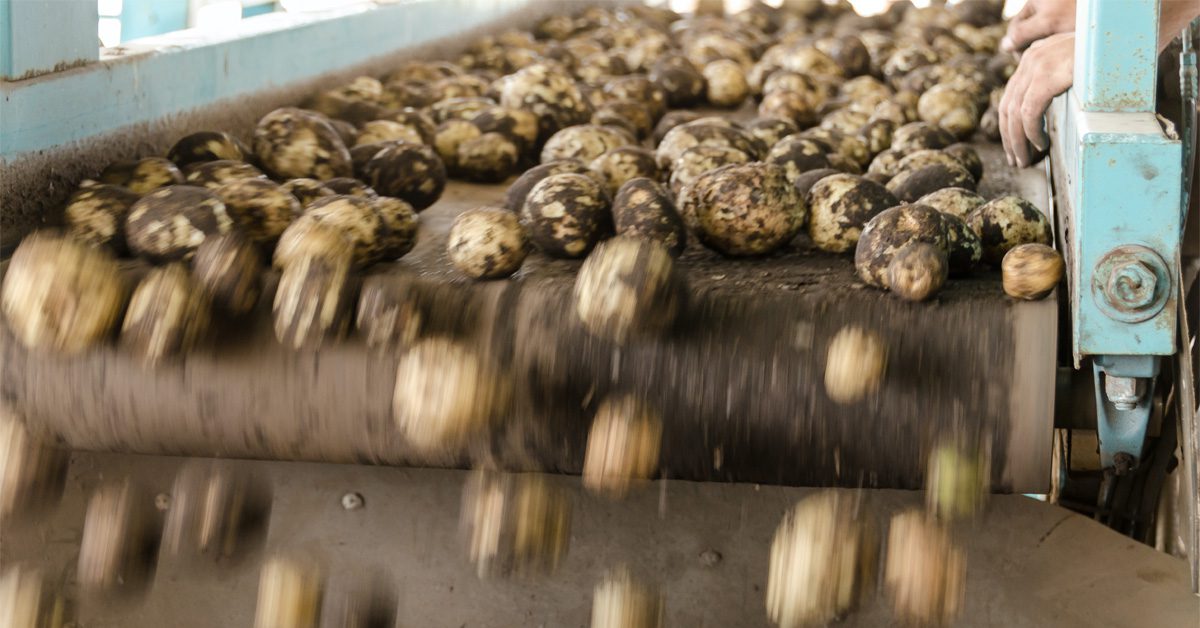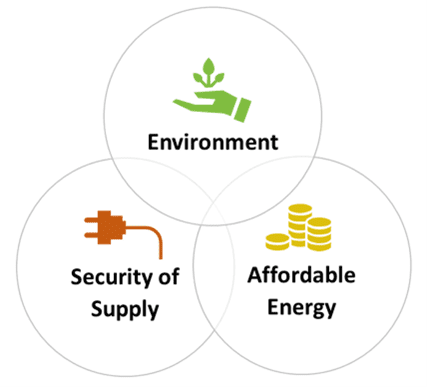The Power of Waste in Food Industries
- Settembre 28, 2022
- Dennis Thiel

Maximize energy recovery, minimize waste disposal, enhance resilience, and reach net-zero goals
As an increasing number of companies around the world commit to reaching net-zero carbon emissions, the food processing industry may find such sustainability goals especially challenging.
The industry inevitably produces food scraps—an estimated 20-40% of food waste in the developed world is produced at the manufacturing stage.[1] When landfilled, this waste is responsible for emitting a substantial amount of methane, a greenhouse gas that is 84 times more potent than carbon dioxide.
Landfills are responsible for at least about 11% of global methane emissions – and the recent addition of satellites to monitor these gases indicates that the actual quantity may be far greater. [2] This means that food producers will face increasing pressure to manage their waste to eliminate these environmental impacts.
At the same time, reliable power supplies are likely to become more of a concern as severe weather and extreme heat place pressure on power grids. In addition, as fuel supplies are frequently susceptible to political and geographic constraints, manufacturers of all types will look for ways to increase their energy resiliency. This triad of factors is sending both local and multinational food processing companies in search of carbon-neutral solutions that also ensure a reliable and affordable source of energy.

Food producers will face increasing pressure to manage their waste to eliminate these environmental impacts. At the same time, reliable power supplies may become more of a concern as severe weather and extreme heat place pressure on power grids, and manufacturers of all types will look for ways to increase their energy affordability and resiliency.
Adding anaerobic digestion to wastewater treatment
Many food processors have traditionally treated their wastewater aerobically to comply with effluent discharge requirements, without viewing this wastewater as a potential source of energy. Over the years, many plants have reduced the energy required for aerobic treatment by adding pretreatment with dissolved air floatation (DAF) to remove suspended solids, oil, and grease, and in many cases installing high-rate anaerobic wastewater treatment reactors after the DAF. This arrangement reduces the organic loading to the aerobic wastewater treatment plant.
The biological sludge that results from aerobic treatment, along with the float produced in the DAF pre-treatment, are suitable feedstocks for high solids anaerobic digestion. Anaerobic digestion of these high-solids streams not only generates biogas that can be used for energy at the plant, it also reduces the volume, costs, and carbon emissions associated with the disposal of these wastes.
In addition to wastewater, food processing plants produce a large amount of solid waste from production lines, associated with the products they process. These waste streams have not typically been considered as a resource that could be digested to create fuel and reduce disposal costs. But as demand increases for reliable renewable energy, food processing solid waste stands to become a prime feedstock for anaerobic digesters since it is usually highly degradable and can be efficiently converted to biogas or biomethane.[3]
For food processors who want to use sustainable production processes, reduce operating costs, and reap renewable energy from their waste, a compelling solution is to anaerobically digest food waste along with DAF floats and wastewater treatment biological solids.
High solids anaerobic digestion
Wastewater treatment sludges, along with floated oil and grease and food processing solid waste can be combined and digested in high solids anaerobic digesters. These solutions are typically not available from providers who specialize only in in high-rate wastewater anaerobic treatment (granular sludge reactors).
High solids anaerobic digestion utilizes pre-treatment of solid feedstocks and robust mixing systems. The high solids content in these digesters requires high viscosity mixers such that the tanks can be properly mixed and solids can be digested.
How it works
Here’s how these high-solids anaerobic digestion systems work at a food processing plant:
First, high solids food processing waste is pretreated with a macerating unit to reduce the size of the waste pieces. This pretreated solid waste is then blended and diluted with digester contents and/or lower solids feedstock streams to produce a pumpable slurry, which is then stored in a buffer tank or fed directly to the high solids digester.
The thick slurry produced with the combined wastes is fed to a continually stirred tank reactor (CSTR). This reactor operates at a high solids content enabled by the powerful Anaergia high-viscosity submersible PSM electric mixers.
Anaergia’s mixers are installed with proprietary service boxes on the digester cover to allow for easy adjustment of mixer height and angle during operation from outside the tank. The service boxes also provide easy access for mixer maintenance or retrieval–while the digester remains in service.
Converting biogas to renewable energy and biogenic CO2
Once biogas is created in the anaerobic digestion process, it is conditioned to remove moisture, hydrogen sulfide and other unwanted components so that the biogas can be converted to renewable electricity using a combined heat and power (CHP) system. Or it is upgraded in a biogas upgrading system to remove the biogenic CO2. This produces pipeline quality biomethane that can be used to replace natural gas or converted to LPG or other fuels used in the food production process. For beverage companies, the biogenic CO2 can be polished to meet food-grade quality standards and can replace conventional carbon dioxide.
As the food processing sector works to reduce environmental impacts, increase energy reliability, and reduce costs, digestion of solid waste streams stands as a unique solution with numerous benefits.
If you would like to learn more about solutions to decarbonize your existing operations and maximize resource recovery reach out to us at info@anaergia.com
[1] https://www.sciencedirect.com/science/article/pii/S2351978917300616
[2] https://www.reuters.com/business/environment/landfills-around-world-release-lot-methane-study-2022-08-10/
[3] https://www.bioenergyconsult.com/renewable-energy-food-residuals
UNISCITI A NOI NELLA LOTTA AL CAMBIAMENTO CLIMATICO
Contattaci per discutere di come possiamo aiutare la tua azienda o comunità a trasformare i suoi rifiuti organici in energia rinnovabile.

